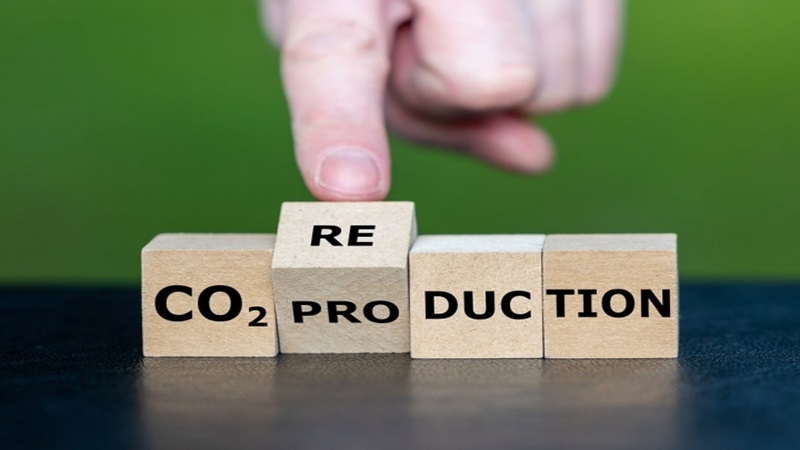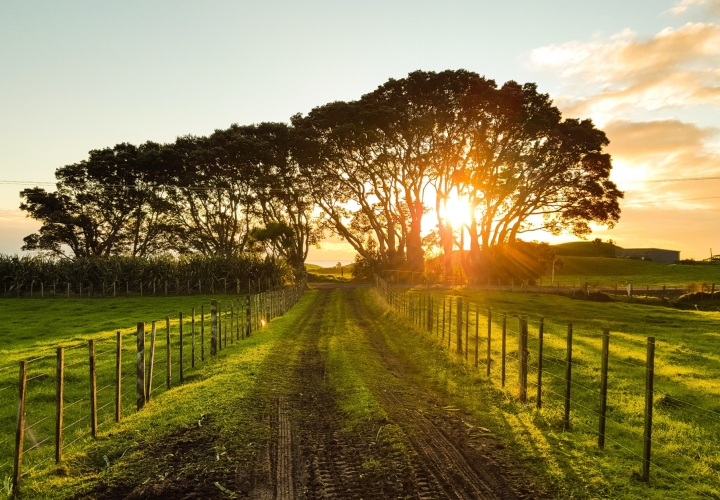The challenge of climate change requires a multifaceted effort to mitigate its effects and transition towards a sustainable future.
By the USDA’s definition of food insecurity, it’s the “access by all people at all times to enough food for an active, healthy life.”

Product packaging is an integral part of the modern consumer experience, but its environmental impact, from resource depletion to waste generation, poses significant challenges, particularly when it comes to plastic packaging. Plastic packaging, derived primarily from fossil fuels, contributes to resource depletion, waste generation, and increasing environmental pollution.
Climate change is a global crisis that requires urgent attention and action. In Nigeria, the Great Green Wall initiative stands as a beacon of hope in the face of this challenge.

The debates on intergenerational justice and climate change have increasingly raised in the past years. Therefore, it was only a matter of time before the European Court of Human Rights would be approached by today’s youth, claiming that their human rights had been violated. Several cases are currently pending before the ECtHR.










